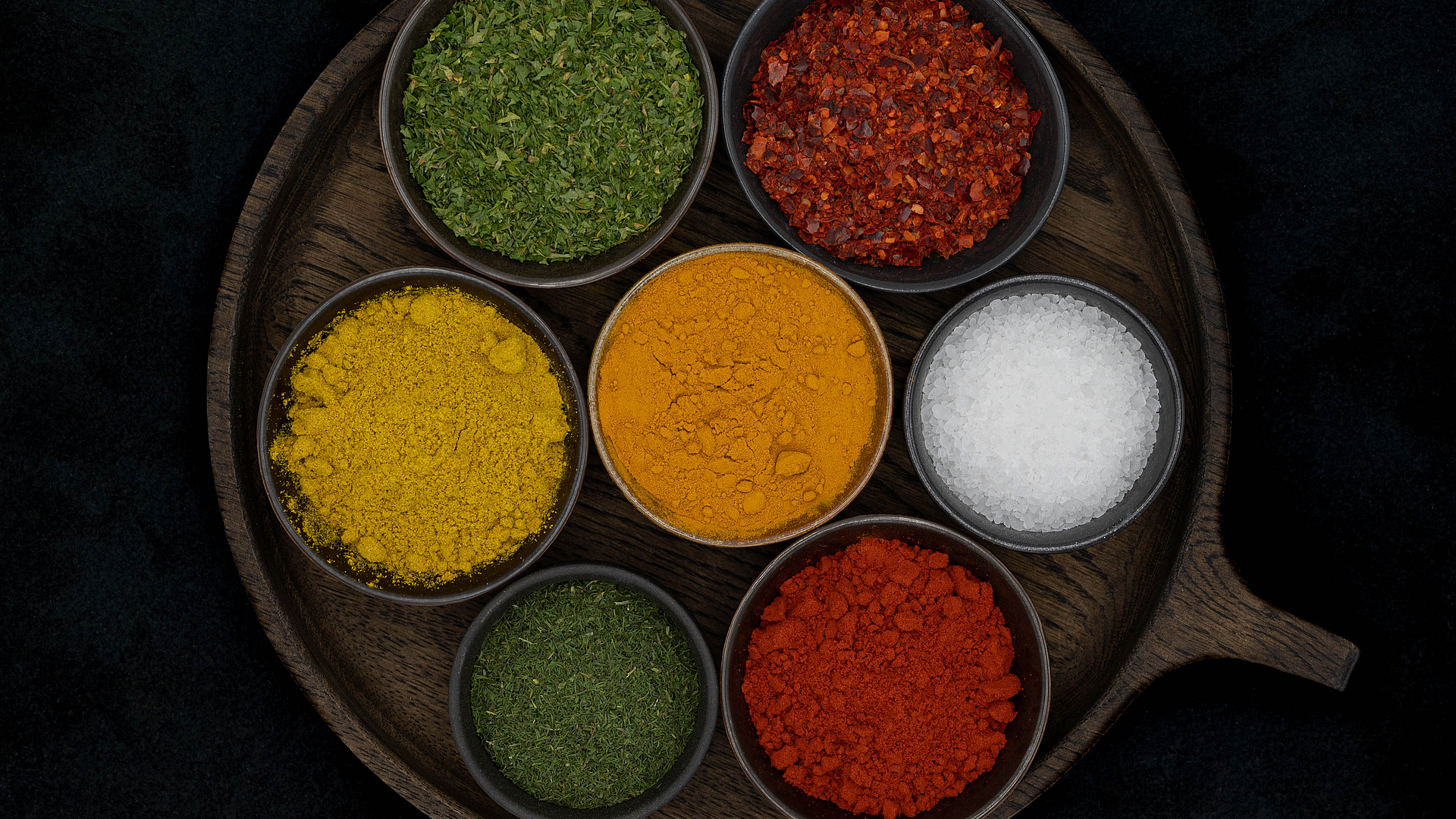
Fusion cuisine from the Middle East
An explosion of aromas for the senses – that’s Levantine cuisine. This mega food trend came to be because it ticks all the boxes for what people want in their diet these days; it’s healthy, cosmopolitan and tasty and features a lot of vegetables. Perfect for an evening of cooking in the company of friends. Read on to the end for tips on recreating this cuisine.
Tradition meets hippy gastro scene
Levantine cuisine originated in the eastern Mediterranean. This includes Syria, Jordan, Lebanon, Israel and Palestine. For hundreds of years, they’ve been putting anything that grows in the region in their dishes. This resulted in some simple dishes, but also many sophisticated ones, involving filling, rolling and embellishing with intense spices. The reason for Levantine cuisine becoming so popular recently is because of one specific country, one that has ambition when it comes to the kitchen – Israel.
The Israelis make up a multi-ethnic society and have different eating habits depending on their heritage. Israeli cuisine is a crossover of Mediterranean, European and oriental influences. These country-specific fusion cuisines combine iconic Israeli elements with traditional Arab dishes, resulting in the now international phenomenon of Levantine cuisine.
Contributing to its popularity around the globe, Yotam Ottolenghi is a renown British cook with Israeli roots, whose cookbooks demonstrate how easy it is to rustle up exotic dishes at home. Hospitality is a focal point in oriental cuisine, so it’s best enjoyed in the company of friends. Mezze is particularly suited to this, savoury starters served in small bowls.
Convivial, tasty and healthy
Levantine cuisine is a convivial experience and – thanks to its sophisticated spices – extremely delicious. What’s more, it’s perfect for those on vegetarian or vegan diets since most of the dishes centre around vegetables, while meat and fish play more of a supporting role.
This means Levantine cuisine is great for those on a plant-based diet, which scientists are currently recommending. A plant-based diet can have positive impact on your health in that it counteracts diseases caused by modern lifestyles like high blood pressure, obesity, etc. At the same time, the basic ingredients used in Levantine cuisine are the building blocks of a balanced diet.
For example, chickpeas (also in the form of hummus) are rich in protein and fibre. Sesame (e.g. processed into tahini) is a source of the antioxidant selenium. And the many herbs and spices used in Levantine cuisine, such as cardamom and cumin, contain plant derivatives which help with problems with digestion.
How to bring Levantine cuisine into your kitchen
What will it be? Falafel, couscous with vegetables or maybe a crispy pita bread with dips to die for? Get inspired by the oriental spices and spice blends such as za'atar and ras el hanout and create your own dishes. For starters, you can use the spices in the following dishes, which you may already be familiar with.
For hummus, make a purée of roasted chickpeas with garlic, lemon juice, olive oil and tahini. Season with salt, pepper, cumin powder and coriander powder.
Tabbouleh salad is made up of couscous or bulgur with tomatoes, mint, parsley and bunching onion and can be served as a garnish for barbecue dinners with friends.
Baba ghanoush is a dip made from grilled aubergines, sesame paste and olive oil.
Fattoush, a bread salad, is prepared with gherkins, tomatoes, parsley and spring onion.
Add olives and pitta for a perfect finishing touch to these dishes.
It doesn’t need to be the biggest mezze spread. The delights from 1001 Nights are also ideal for a bowl featuring mint, coriander, spring onion, couscous or saffron rice, complemented by chickpeas, various vegetables, feta cheese and oriental noodles. We hope you enjoy recreating these dishes. Bon appetit!